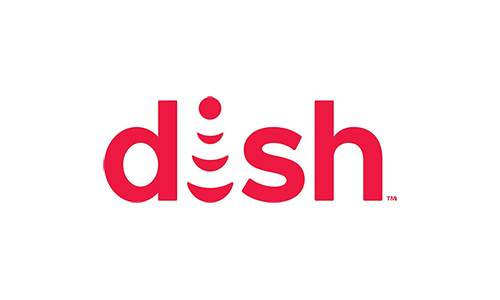Q4 Sub Losses Improve at Dish Network

Dish Network reported Q4 earnings Wednesday morning, revealing that its streaming Sling TV service lost customers for the first time since its launch in 2015, but continuing on a path toward improvement for its core satellite TV business.
Sling TV shed about 94,000 customers in Q4, a near complete reversal from the 91,000 additions most analysts expected. The traditional satellite TV business, on a path toward improvement over the past few quarters, again surprised Wall Street with a loss of about 100,000 customers, beating consensus estimates of a 122,000-subscriber loss and the prior year’s loss of 381,000 subscribers.
With the Sling TV losses, revenue for the quarter declined 2%to $3.24 billion from $3.31 billion in the prior year. Net income rose 15% to $389 million (69 cents per share) in the period, compared to $337 million (64 cents per share) in Q4 2018, but analysts attributed that mainly to reduced programming costs resulting from Dish dropping Sinclair Broadcast Group’s regional sports networks last year.
The satellite TV performance was in sharp contrast to DirecTV, which has been bleeding subscribers of late. DirecTV lost about 945,000 satellite TV customers in Q4, and its AT&T TV Now streaming service lost about 219,000 customers.
In a research note. MoffettNathanson principal and senior analyst Craig Moffett wrote that the Dish satellite TV improvement likely came at the expense of DirecTV, but added that there are some encouraging fundamental trends emerging from the company. One, is substantially reduced churn -- Dish is now losing satellite TV customers at a 5.2% clip instead of the 10.5% pace of 2018.
“There is clearly a case to be made that the worst is over,” Moffett wrote. He added that Dish has lost about 5 million subscribers since its peak in 2010, which “has left in its wake an increasingly rural (and inertial) core.”
In research note, Barclays media analyst Kannan Venkateshwar noted that the loss of Sling TV customers in the period could be a sign that virtual MVPDs will not be able to offset growing declines in the traditional pay TV customer base.
Multichannel Newsletter
The smarter way to stay on top of the multichannel video marketplace. Sign up below.
“...Sling subs losing share to other vMVPDs points to the fact that vMVPD growth is already becoming a zero sum game and is unlikely to offset legacy MVPD declines significantly,” Venkateshwar wrote.
Dish is also poised it be come the fourth largest wireless carrier in the country in the wake of the T-Mobile-Sprint merger, and investors will be focusing on the satellite company’s plan to build out its network. Venkateshwar noted that Dish has reduced its initial capex requirements for the buildout -- to $250 million to $500 million in 2020 from $500 million to $ 1 billion previously. But he added that is probably more likely due to the timing of the T-Mobile-Sprint deal.
Dish has said it expects to spend about $10 billion over the next few years on the buildout, which Venkateshwar and other analysts have said is too low. Venkateshwar noted that Dish has already spent $26 billion on spectrum, bringing its total expenditures on wireless to at least $35 billion, including the buildout.
“Even if the company is able to grow fast enough in the coming 3-5 years to be as big as Sprint, the 4th biggest operator which (before T-Mobile deal speculation/expectations) had an Enterprise Value of [about] $50 billion in 2016, the return on this $35-billion+ investment is likely to be quite limited and is likely to take years,” Venkateshwar wrote.
